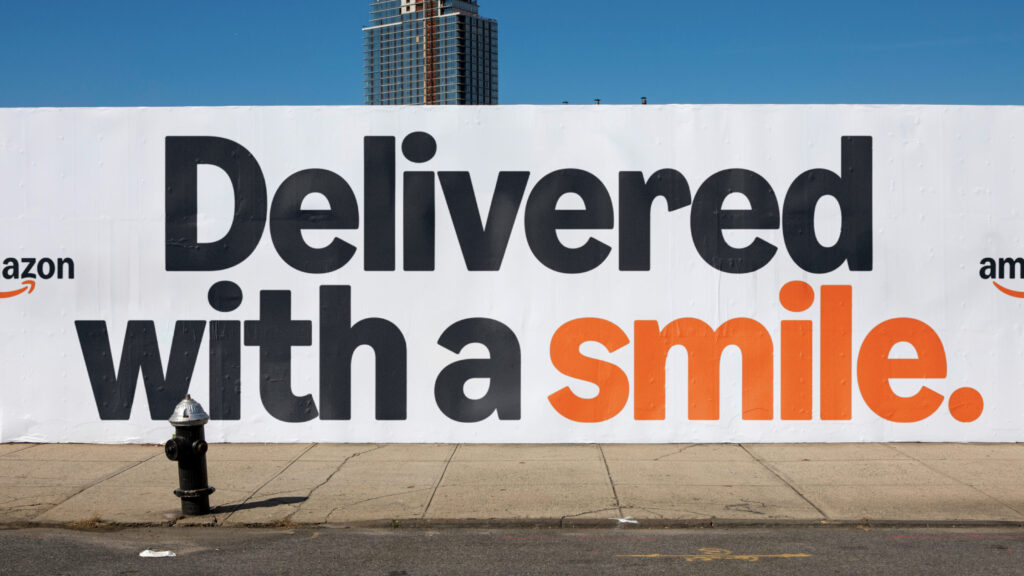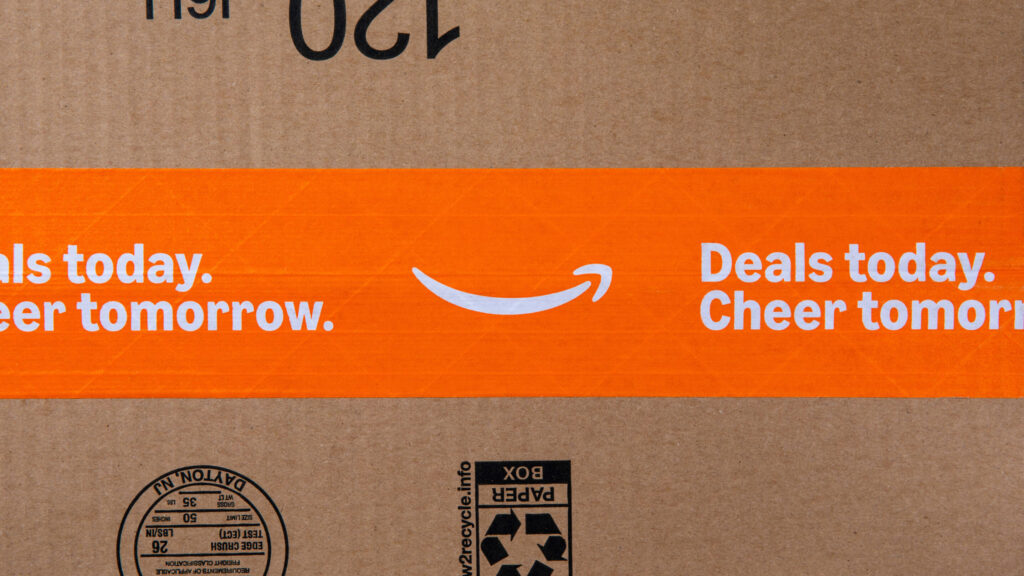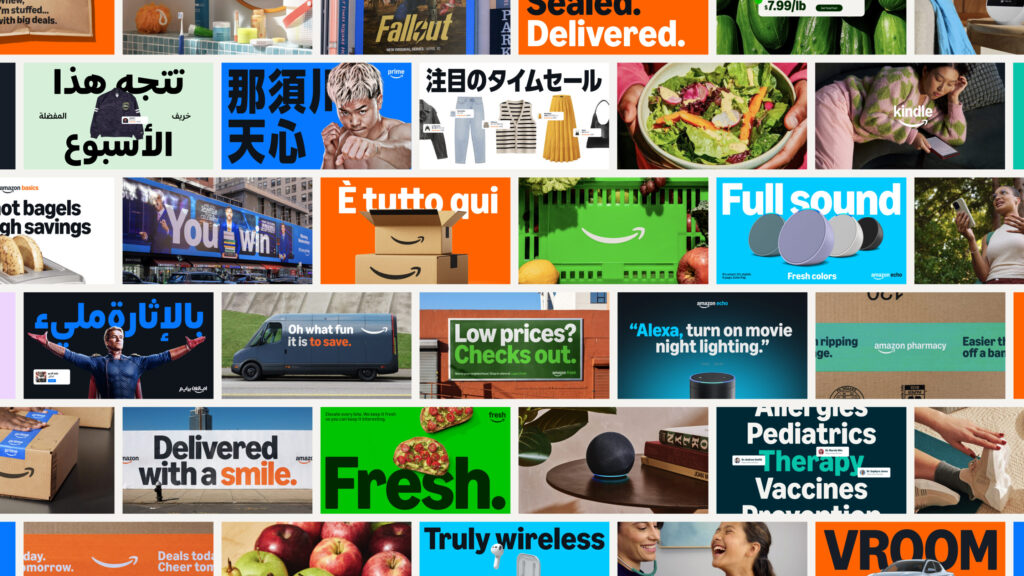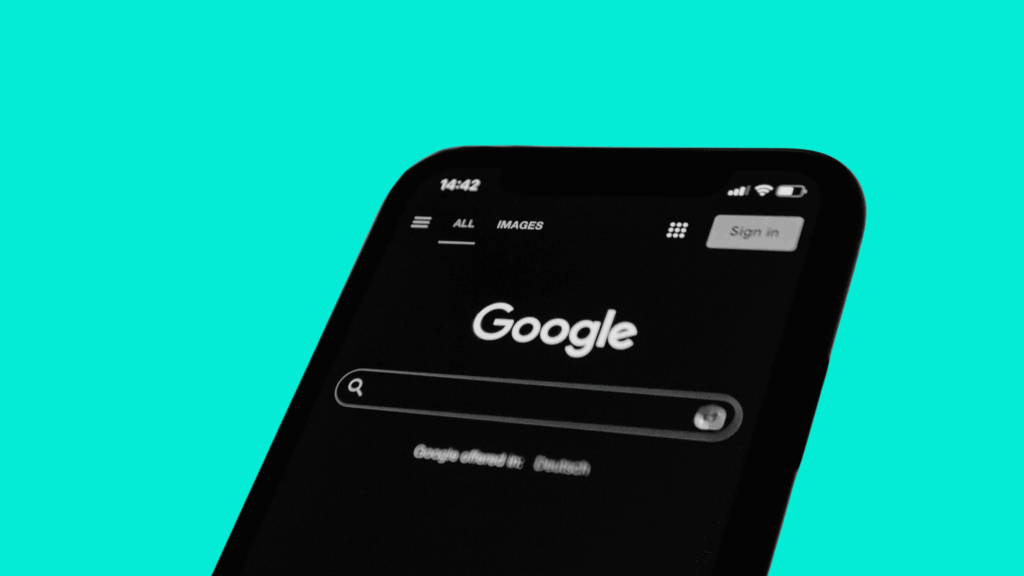Why the Rebrand?
Amazon expanded dramatically over three decades, growing into an ecosystem spanning 50+ sub-brands across 15 global markets. Such rapid growth led to a fragmented brand with inconsistent logos, colours, and typefaces. Koto’s (their brand agency) 18-month project responded to the need for a unified system that could support speed, scale, and cohesion

What changed—and what stayed the same?
The logo and smile: The iconic arrow was subtly refined into a warmer, deeper “Smile Orange” tone and thickened to evoke empathy more than directionality. The shift puts the smile, not the arrow, front and center.
Wordmark update: Letterforms were redrawn for precision, leading to the creation of Amazon Logo Sans, a custom typeface to ensure consistency across all sub-brands.
Language-ready typography: Amazon evolved its Kindle-specific Ember font into Ember Modern, supporting 364 languages and optimised for both marketing and interfaces.
Colour palette alignment: Multiple orange shades consolidated into a vivid, accessible Smile Orange. Prime received a saturated digital-first blue, and each cohort got expressive colour cues aligned with their audience and function.
Iconography and branding architecture: New icons were created using the smile motif for clarity across all touchpoints, and sub-brands were grouped into visual “cohorts” to balance cohesion and flexibility.
Lessons for agencies and brand owners
When redesigning, think refinement, not reinvention: A brand refresh can breathe new life into legacy identities without discarding what works. Amazon’s small tweaks, on colour, weight, letterform, made for a big impact.
A brand is a system, not just a logo: Designing assets like Logo Sans and Ember Modern allowed Amazon to scale its identity logically and visually, across future needs.
Patient investment pays off:
An 18‑month collaboration may sound slow, but for a brand system affecting hundreds of markets and daily global touchpoints, thoroughness was essential.

Why minimal change can be most effective
In many cases, not just for giants like Amazon, a gentle evolution is smarter than a radical redesign:
- It preserves brand equity, retaining emotional familiarity.
- It enables easier roll-out across touchpoints.
- It demonstrates respect for history, while positioning the brand for the future.
Branding doesn’t have to be dramatic to be transformative: Amazon’s thoughtful rebrand by Koto is a masterclass in radical coherence, not radical change. Everything stayed recognisable, just smarter and more unified. By polishing rather than reinventing, Amazon sharpened its voice across millions of touchpoints and dozens of languages.






